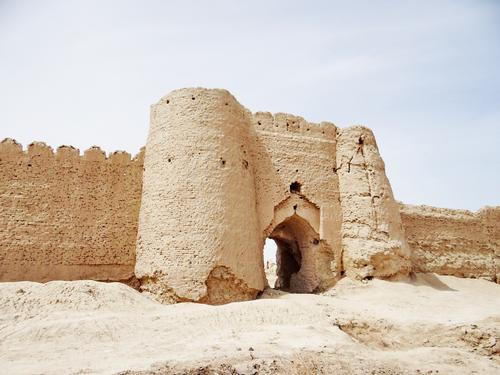see all jobs
UNESCO's world heritage list tops 1,000 with new additions
The remains of an ancient mud brick city in Iran, a prehistoric cave in France and a vast wetland in Botswana are among a host of new sites that have been added to UNESCO’s world heritage list, pushing its total past 1,000 sites worldwide.
The Okavango Delta in Botswana was the 1,000th site to be added to the UN cultural agency’s list, which first started in 1978 and enforces strict rules on conservation for the chosen areas. UNESCO described the delta as "an exceptional example of the interaction between climatic, hydrological and biological processes and home to some of the world's most endangered species of large mammal."
Shahr-i Sokhta in Iran represents the emergence of the first complex societies in eastern Iran. Founded around 3200 BC, the site was populated for around 1,400 years and the buildings remain largely preserved thanks to the dry desert climate.
The Grotte Chauvet in France's Ardeche – home to the earliest known and best preserved figurative drawings in the world and described as an "exceptional testimony of prehistoric art" – was also added to the list. The cave was cut off by a rockfall for 20,000 years until its discovery in 1994.
A total of 20 new sites have been included on the list with places added such as Qhapaq Nan, a vast Inca road system in Peru, the fossil rich coastal cliff site of Stevns Kilt in Denmark and the prehistoric earthworks of Poverty Point in Louisiana, USA.
For more on the new heritage sites, click here.
More News
- News by sector (all)
- All news
- Fitness
- Personal trainer
- Sport
- Spa
- Swimming
- Hospitality
- Entertainment & Gaming
- Commercial Leisure
- Property
- Architecture
- Design
- Tourism
- Travel
- Attractions
- Theme & Water Parks
- Arts & Culture
- Heritage & Museums
- Parks & Countryside
- Sales & Marketing
- Public Sector
- Training
- People
- Executive
- Apprenticeships
- Suppliers
















































